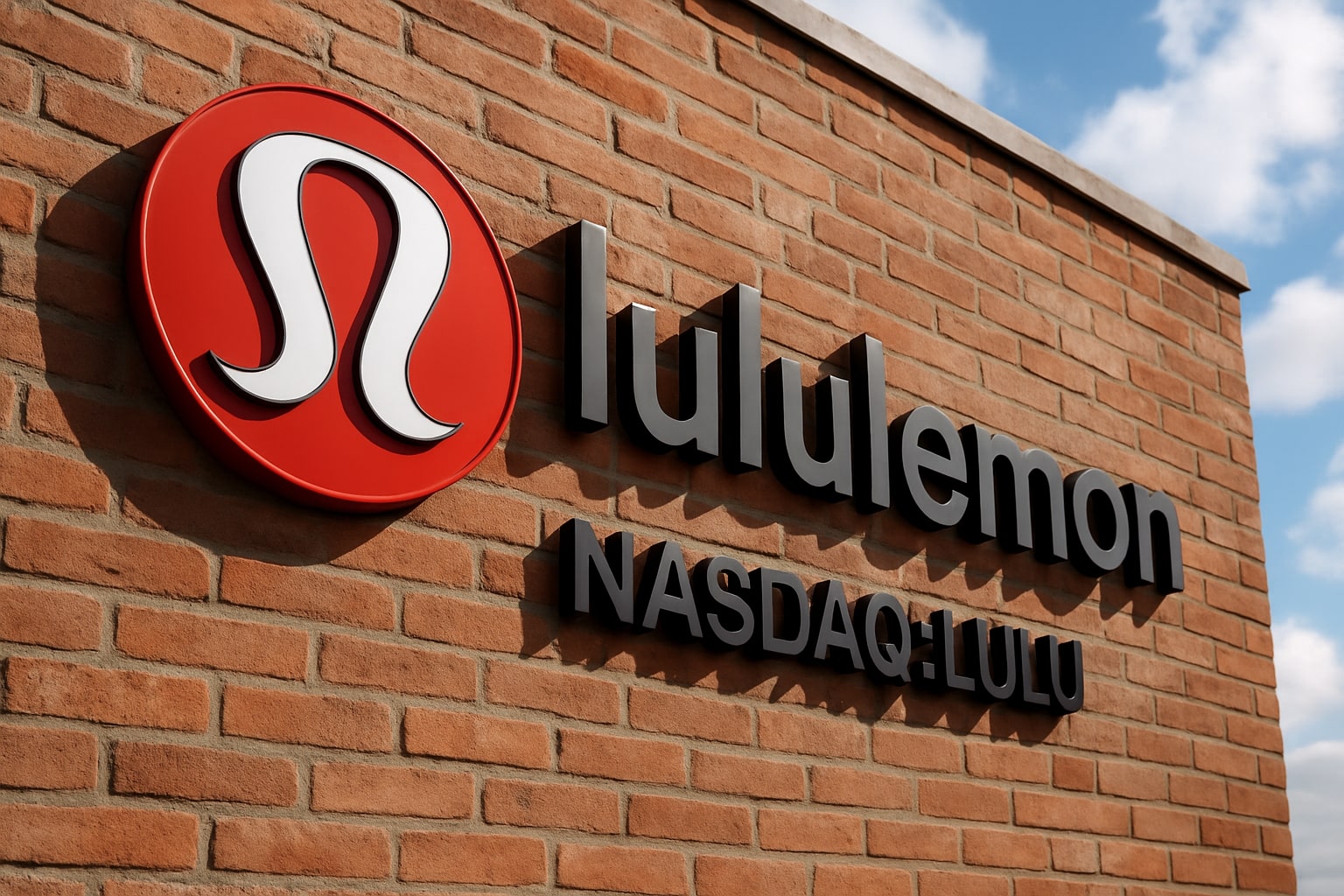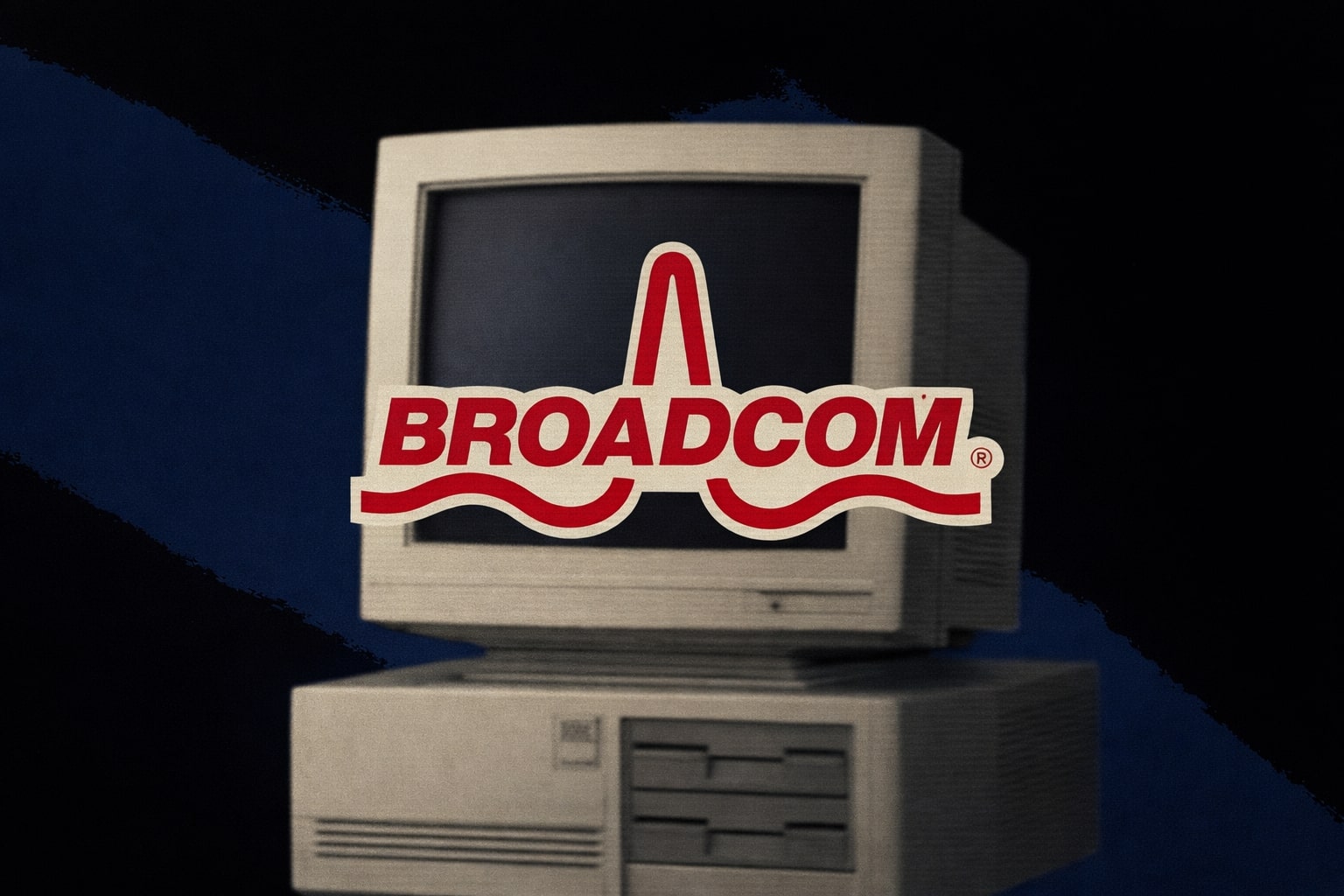
Lululemon Stock Price Forecast - LULU Slumps on Tariffs and Guidance Cuts as Michael Burry Increases Stake
LULU trades at just 13.5x earnings with a $24.7B market cap after a 52% decline, as U.S. sales slip 4% but China jumps 17%—and Burry positions the stock as a top retail bet | That's TradingNEWS
Lululemon (NYSE:LULU) Faces Margin Pressures, Growth Shifts, and Investor Scrutiny
Earnings Beat Overshadowed by Guidance Cut
Lululemon Athletica (NYSE:LULU) delivered Q2 earnings per share of $3.10, comfortably above the $2.87 consensus, but revenue of $2.53 billion narrowly missed expectations of $2.54 billion. Same-store sales rose just 1%, well below the 3.7% expected. The real blow came from guidance: management cut full-year revenue expectations to $10.85–$11.0 billion, down from $11.15–$11.3 billion, and slashed EPS forecasts to $12.77–$12.97 versus a prior $14.58–$14.78. Shares immediately dropped over 13% after hours, sinking toward $175, extending the stock’s 52% collapse year-to-date from a peak of $423.
Tariffs Erode Profitability
The company now estimates tariff-related headwinds will reduce gross profit by $240 million in 2025 and operating margins by $320 million in 2026. Roughly 40% of products are manufactured in Vietnam and nearly 30% of fabrics are sourced from China, both now facing heavy import duties into the U.S. Management has warned of an additional 110 basis-point contraction in gross margins this year, largely attributable to tariffs and FX. To offset, Lululemon is considering selective price increases and vendor renegotiations, but analysts remain skeptical the brand can pass through costs without dampening demand further.
North America Weakness vs. International Strength
The Americas, representing the bulk of revenue, contracted sharply with a 4% drop in same-store sales, reflecting both consumer caution and intensifying competition. Meanwhile, China surged 17% in comp sales and other international markets grew 12%, cushioning the blow. Management called China the “bright spot,” but youth unemployment of 14.9% and fragile macro conditions raise concerns about sustainability. Still, the premium positioning has resonated with affluent consumers, keeping momentum intact in Asia and Europe.
Brand Moat Under Pressure from ‘Dupe Culture’
Lululemon’s moat rests heavily on its premium brand image, yet “dupe culture” is eroding this advantage. Costco’s Kirkland leggings at $16 and Amazon Essentials under $20 mimic LULU’s $98–$118 Align leggings. Lawsuits have been filed, but the cultural shift is clear: consumers under tariff and inflation pressure are increasingly choosing substitutes. A brand once defined by exclusivity now risks dilution, as even loyal consumers voice frustration with pricing. Analysts warn that sustained markdowns and lawsuits reveal cracks in brand defensibility.
Balance Sheet Remains Fortress-Like
Despite earnings pressure, LULU’s balance sheet is resilient. Cash stands at $1.33 billion against $1.71 billion in debt, yielding a modest debt-to-equity ratio of 39.8%. Operating cash flow of $2.03 billion and free cash flow of $1.18 billion provide liquidity to weather downturns. Inventory levels rose 15% YoY, partly due to pre-tariff stocking, a strategic move to lock in lower costs. With current assets of $3.58 billion versus $3.14 billion in liabilities, the company maintains a healthy cushion.
Profitability Metrics Still Elite
Return on equity sits at an impressive 42.5%, return on assets at 22%, and ROIC above 30%, underscoring LULU’s efficiency compared to peers like Nike (NYSE:NKE). Gross margin remains elevated at 58%, though pressured by tariffs. Historical retained earnings CAGR of 12% demonstrates consistent compounding, though the slowdown in North American sales is beginning to drag on that trajectory.
Read More
-
DGRO ETF Price: Is DGRO at $69.17 Still the Better Dividend-Growth Bet?
17.12.2025 · TradingNEWS ArchiveStocks
-
XRP Price Stuck Below $2 As XRPI at $10.74 and XRPR at $15.26 Ride $1B+ ETF Inflows
17.12.2025 · TradingNEWS ArchiveCrypto
-
Natural Gas Price Forecast - NG=F Steady Near $4 as TTF Jumps on Colder Forecasts and LNG Outage Risk
17.12.2025 · TradingNEWS ArchiveCommodities
-
USD/JPY Price Forecast: USDJPY=X 155.50 Pivot Before BoJ Hike and US CPI
17.12.2025 · TradingNEWS ArchiveForex
Insider and Institutional Positioning
Insiders hold roughly 9% of shares, with notable founder Chip Wilson leveraging holdings for philanthropic purposes rather than outright sales—a sign of confidence in long-term recovery. Recent filings show Michael Burry’s Scion Fund dedicating nearly 19% of its portfolio to LULU, a contrarian bet that aligns with value investors seeing opportunity at depressed multiples. You can track real-time insider transactions here: LULU insider activity.
Valuation at Multi-Year Lows
At $175, LULU trades at just 13.5x earnings, a steep discount to its five-year average multiple of 30x and to peers like Nike trading near 25x. Price-to-sales stands at 2.26, down from 5.0 last year. EV/EBITDA is compressed at 8.1, versus Nike’s 18+. Analysts’ average target of $270.82 implies 55% upside from current levels, with a high-end target of $500 reflecting a potential full brand rebound. The stock’s market cap has shrunk to $23.7 billion, down nearly half from its peak.
Risks and Catalysts Ahead
Short interest has climbed to 8% of float, reflecting skepticism around North America recovery and tariff mitigation. However, international growth, expansion in men’s apparel (up 8% YoY and now nearly 25% of revenue), and social media dominance on TikTok and Instagram offer catalysts. If margins stabilize and comps improve even modestly, the valuation gap versus Nike could narrow sharply. Analysts model FY2026 EPS of $14.61 and FY2027 at $15.81, suggesting recovery potential if execution aligns.


















